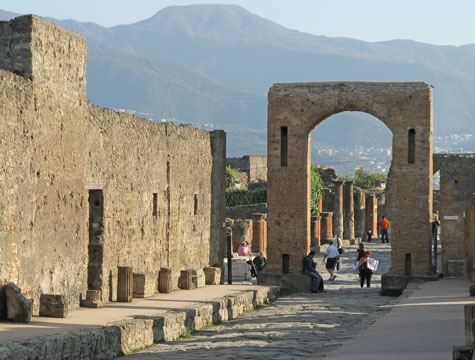
It has three strata, each with its own character. This is the section through a part of a small house designed by the Italian architect Marco Zanuso, and built near Lake Como in 1981. It controls and organises a particular portion of the land's surface at ground level it has no changes of level- no pits or platforms there are no upper floors, or cellars excavated out of the earth. It may be said that the Fifty-by-fifty house is a building of one stratum. The walls are completely of glass.Īll the spaces of the house are contained between these two horizontal planes and the glass walls do not obstruct lines of sight in the horizontal dimensions.

The roof is supported in the most minimal way possible, on four columns, one in the middle of each side of the square.

The house consists of a square flat roof over a paved area. This is the plan of a 'Fifty-by-fifty' (foot) house which he designed in 1951, but which has not been built. The German architect Mies van der Rohe celebrated the horizontal emphasis of human life in many of his projects. Some architects have accepted, or even celebrated, this emphasis by designing buildings in which movement and places are organised between strictly horizontal planes of platform and roof. With this limitation in movement, human life and architecture have a particular emphasis in the two horizontal dimensions.

Because we walk and are held down by gravity, our lives mainly take place on flat surfaces, and architecture is concerned with the planning of floors. Human architecture would no doubt be different if we could fly freely in three dimensions.

In 1922 Mies van der Rohe designed a skyscraper which, though the plan was irregular, was composed of many horizontal slices of space.


 0 kommentar(er)
0 kommentar(er)
